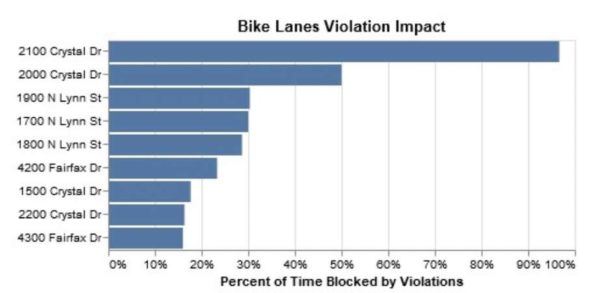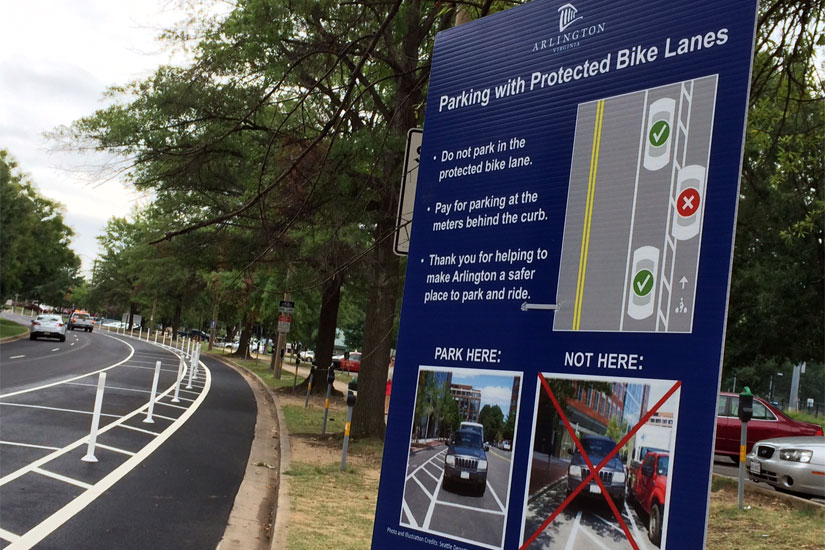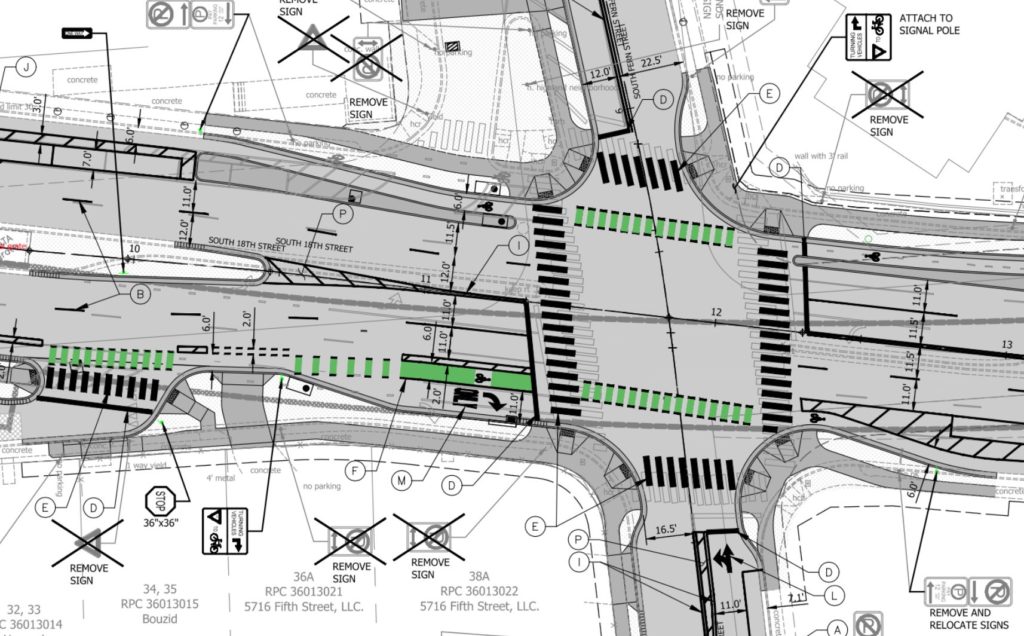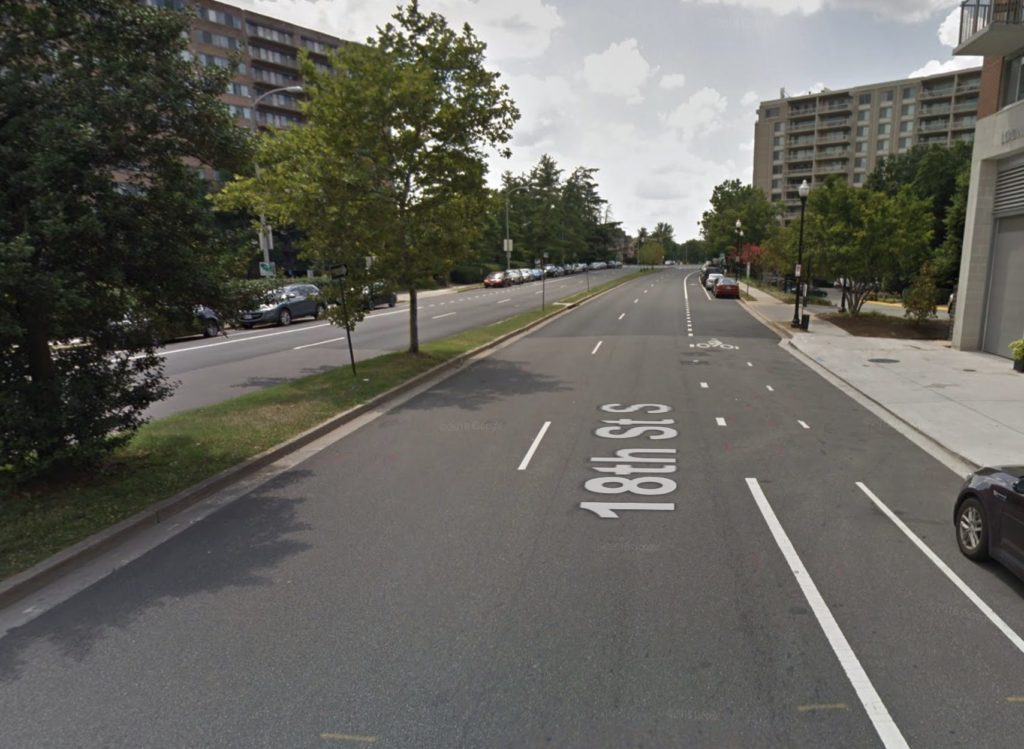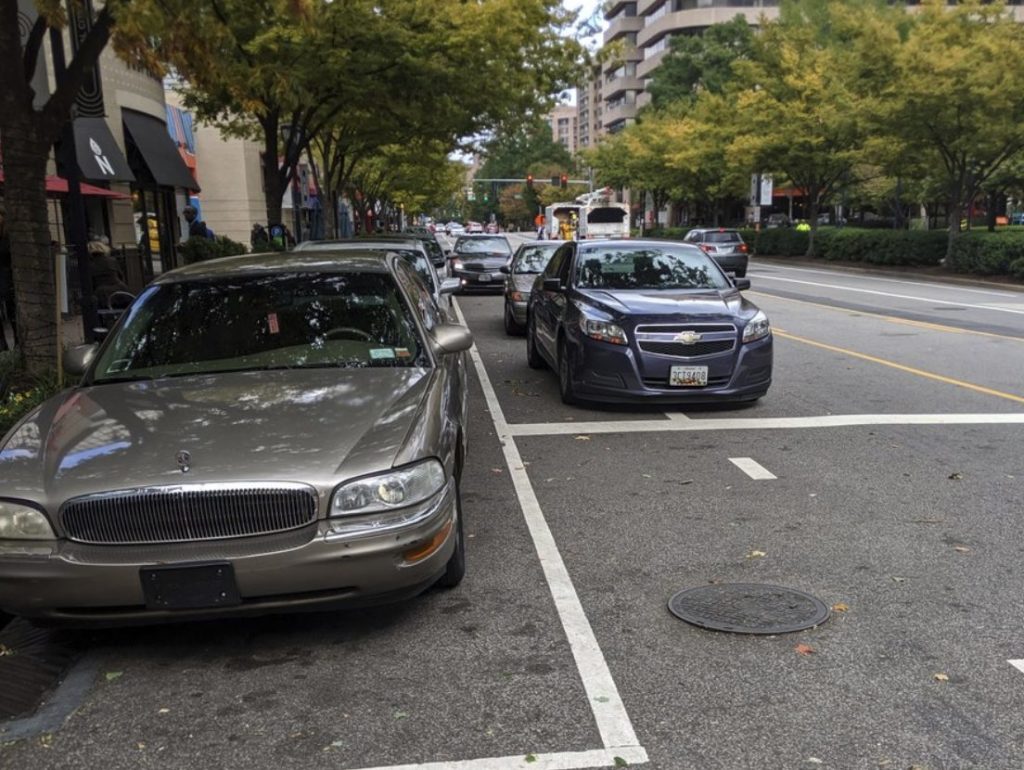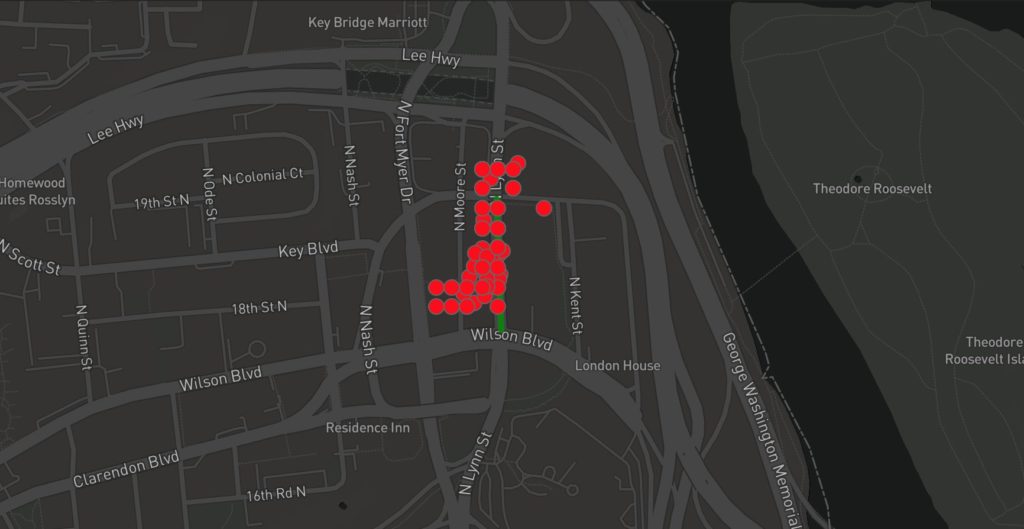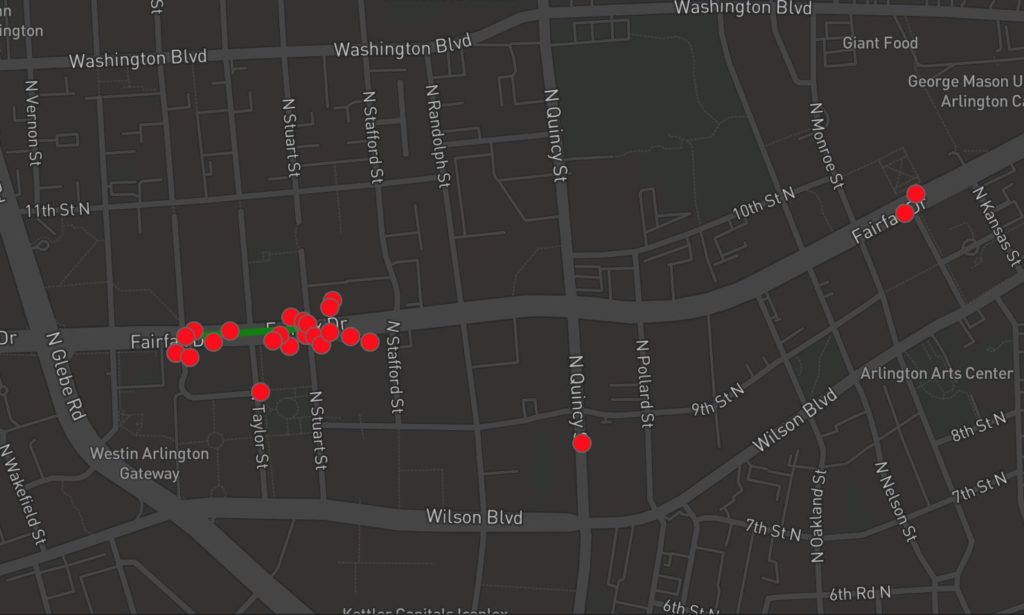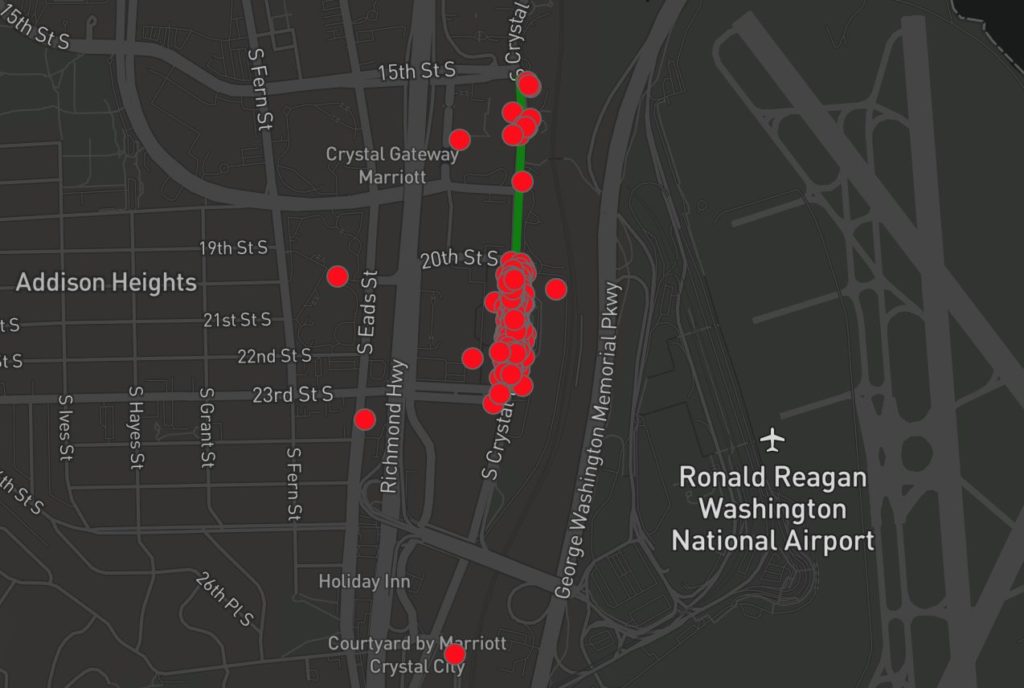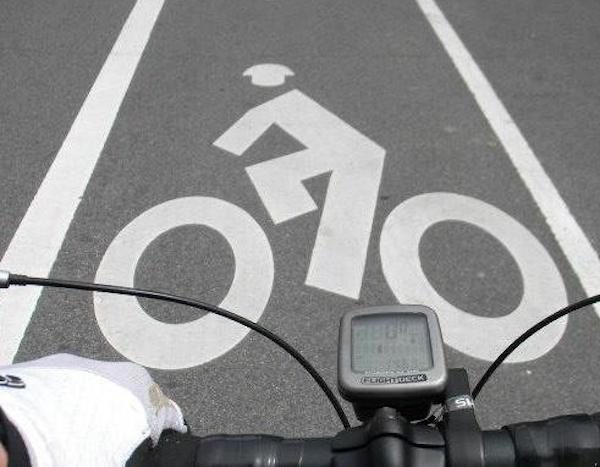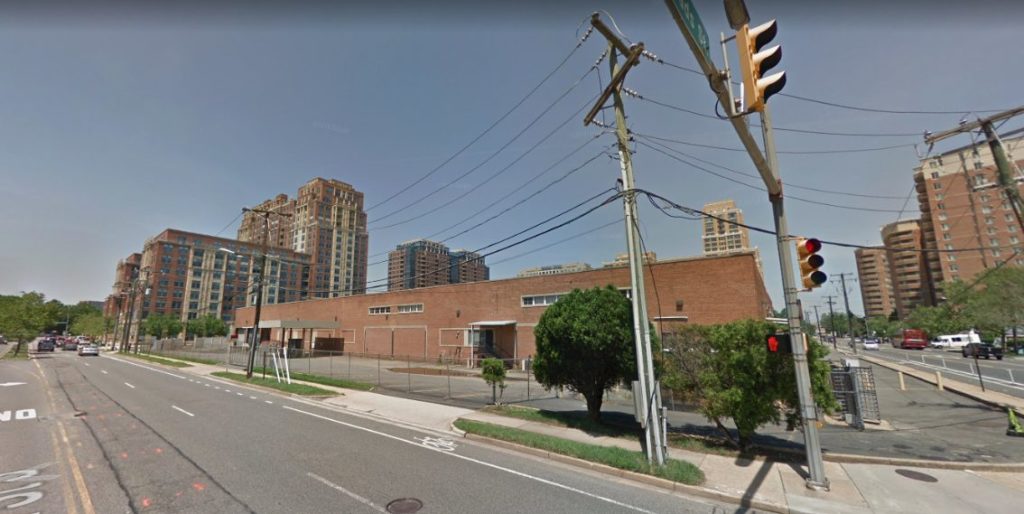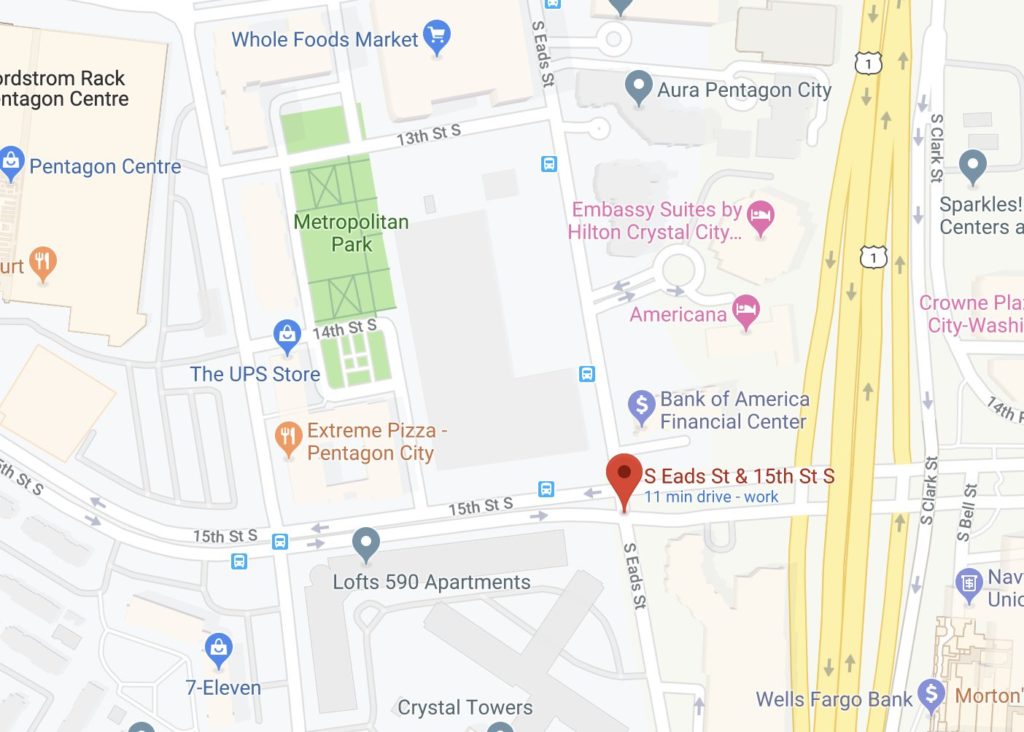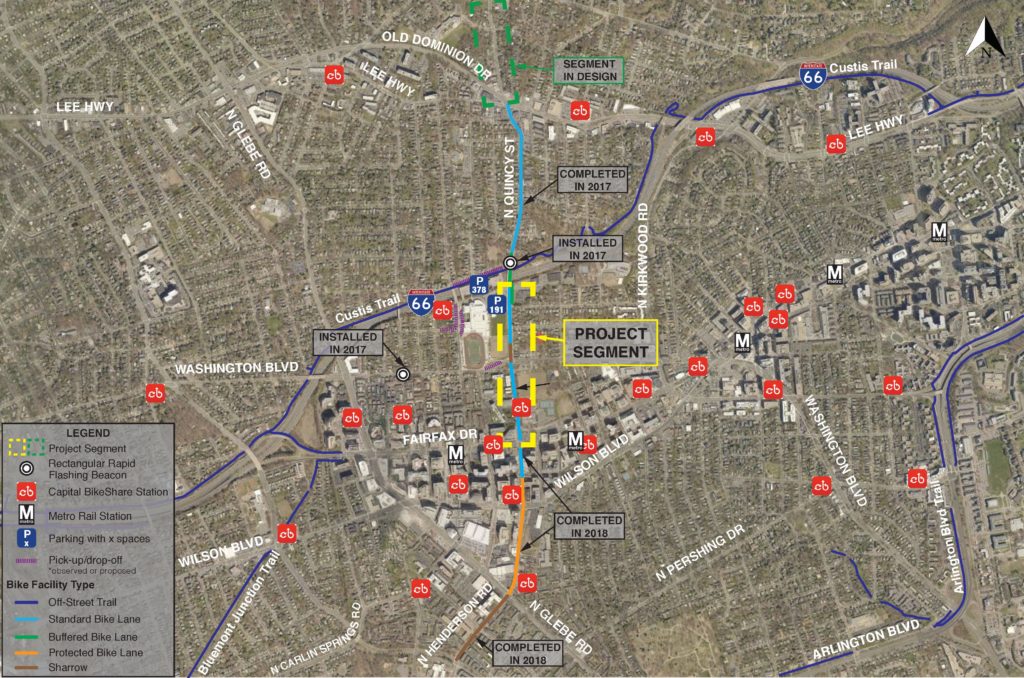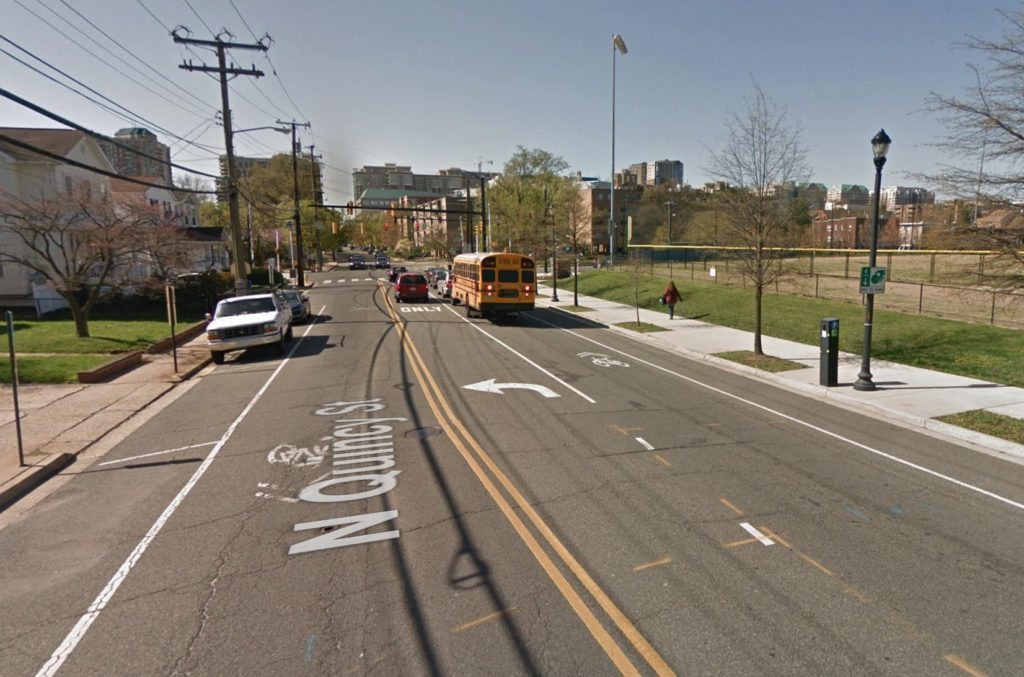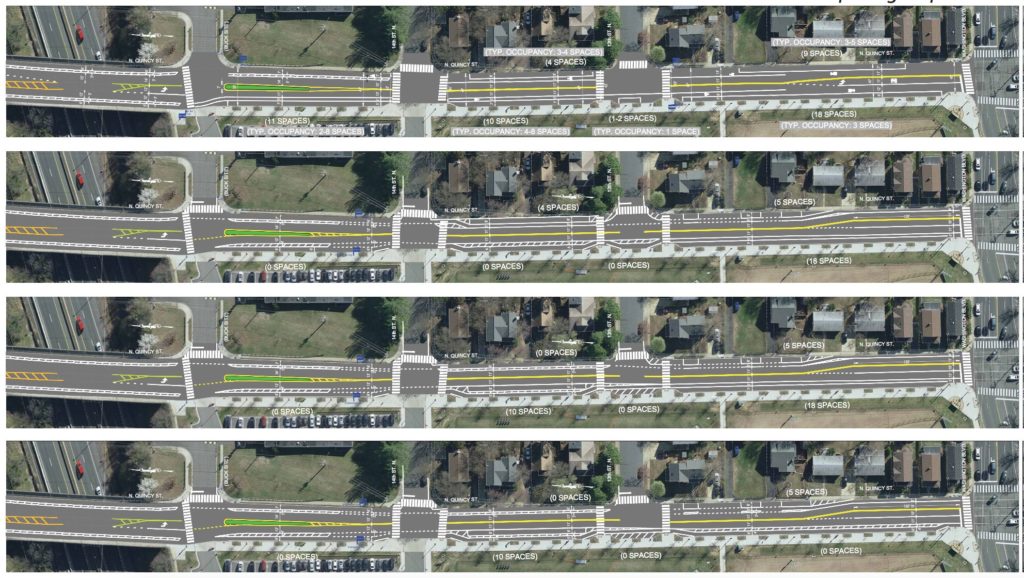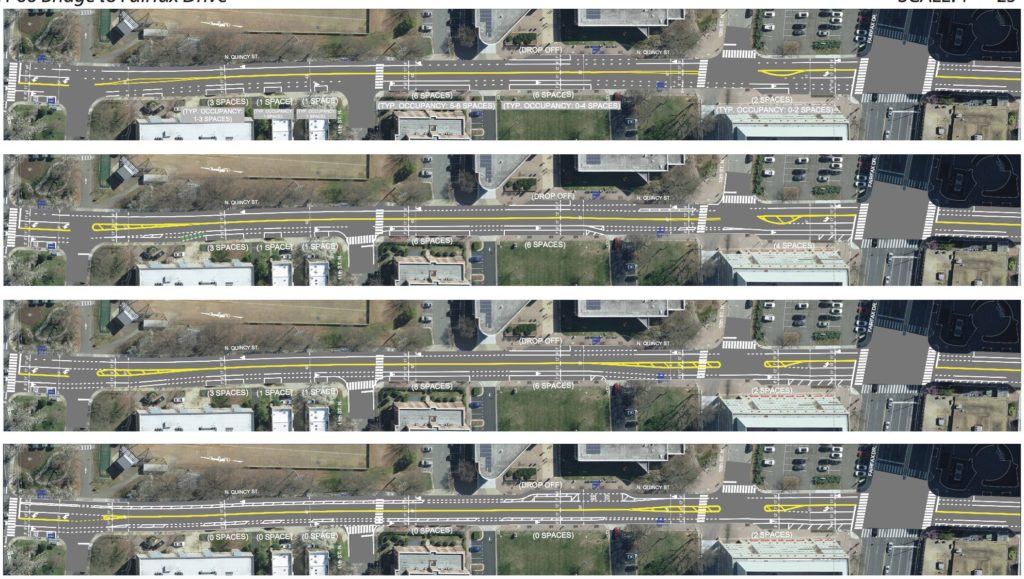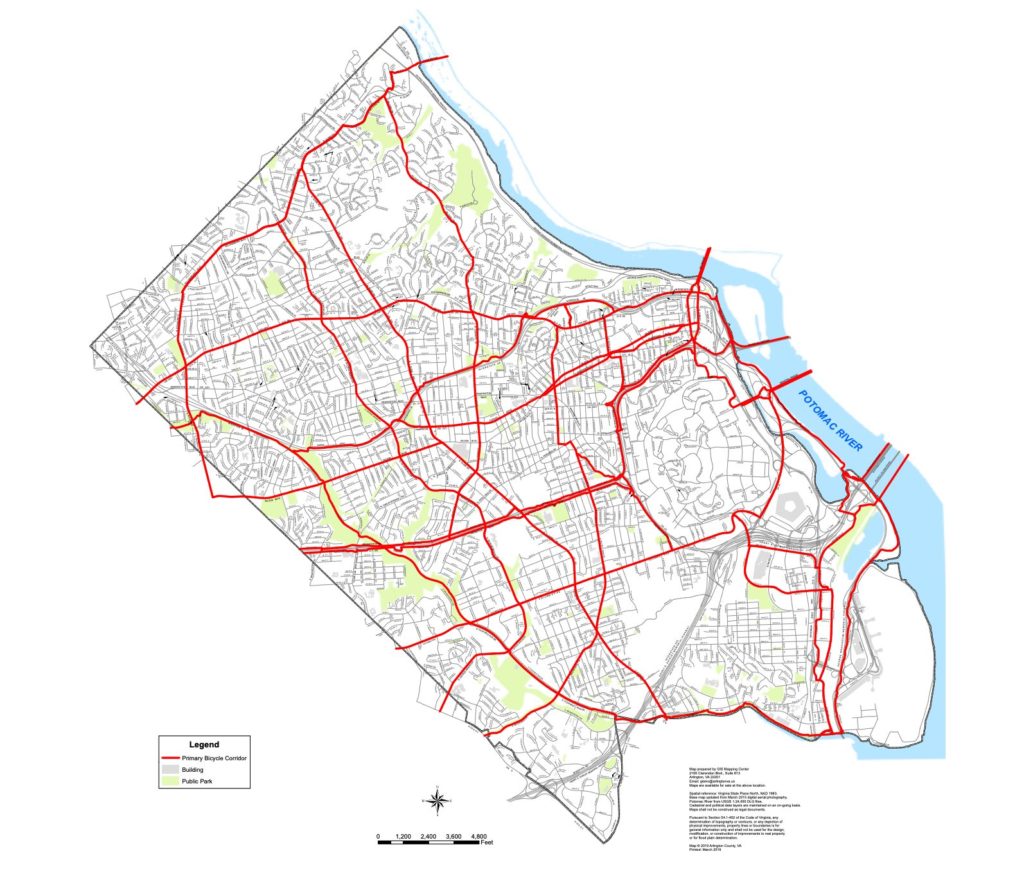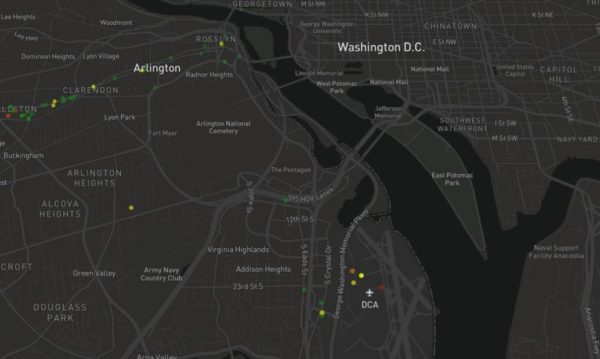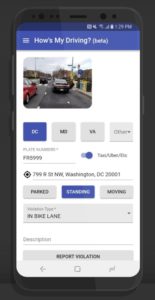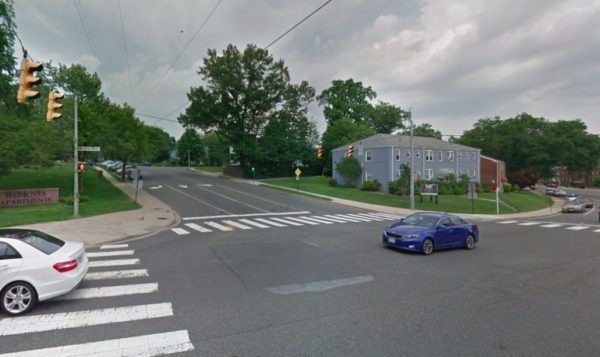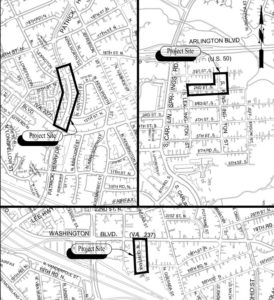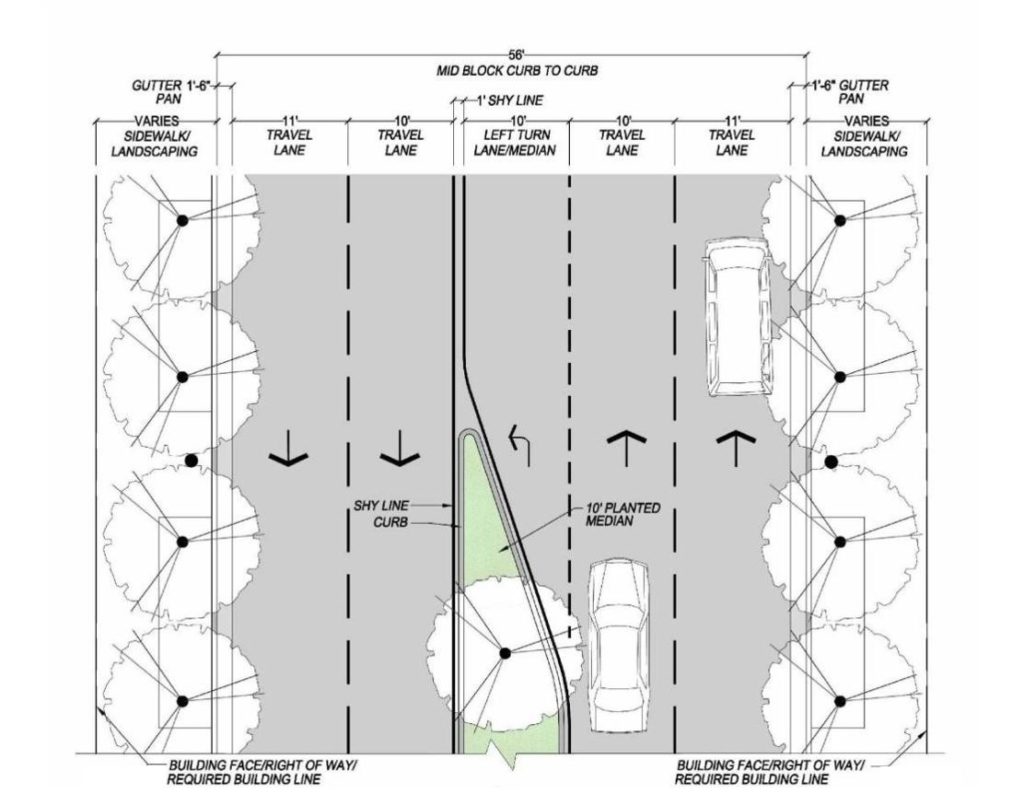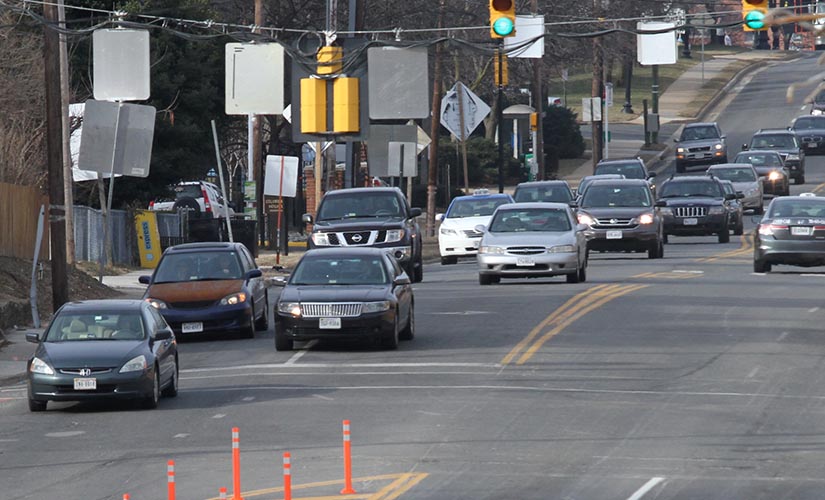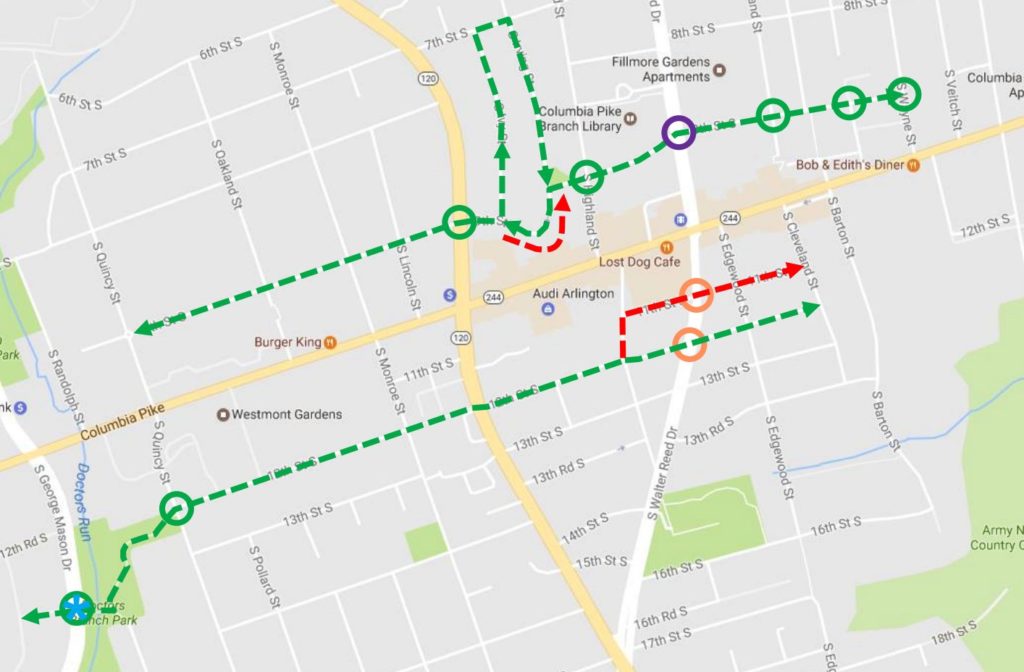 Modern Mobility is a biweekly opinion column. The views expressed are solely the author’s.
Modern Mobility is a biweekly opinion column. The views expressed are solely the author’s.
At this point, the bike lane blocking problems on Crystal Drive are well understood. The combination of popular retail establishments, standard painted bike lanes and entitled drivers leads to non-functional bike lanes.
The parkingdirty.com data-gathering effort I led back in 2016 found that they are blocked between 50% and 64% of waking hours.
The “data-protected bike lane” effort last year by the folks at OurStreets found that during morning rush, evening rush and lunch time, the Crystal Drive lane was blocked nearly 90% of the time.
The situation on Hayes Street by the Pentagon City Metro entrance is similarly dire, though less well-studied. Parkingdirty.com found they were blocked between 51% and 63% of waking hours and it is a common complaint area on Twitter.
Almost a new year, always the same Hayes St pic.twitter.com/8wMfkNxBic
— Car-Free #HQ2 (@CarFreeHQ2) December 30, 2019
Now a development project is moving forward that is currently on-track to duplicate these same mistakes. JBG Smith’s 1900 Crystal Drive project proposes to build two large residential towers on Crystal Drive between 18th and 20th Streets. The project will upgrade the sidewalks on its street frontage and provide new on-street parking spaces, but it proposes unprotected, paint-only bike lanes on both Crystal Drive and 18th Street.
To make matters worse, the project proposes significant new retail all along Crystal Drive and the corner of 18th and Crystal Drive will eventually be home to a 2nd entrance to the Crystal City Metro Station. The Metro station entrance and the new retail will generate significant pick-up and drop-off activity; where will people do this pick-up and drop-off? Where will people park for “just a minute” while they run into the retail? Our experience on Crystal Drive and Hayes Street give us the answer: in the bike lane.
Calls during the Site Plan Review (SPRC) process to provide a protected bike lane along the street frontages have not been accepted by staff, at least as of the last SPRC meeting. Staff acknowledges that the Crystal Drive bike lanes are a problem, but maintain that two blocks of protected bike lane in front of this one development aren’t helpful and that instead the County must find a comprehensive solution for this entire stretch and that the curb-to-curb width being provided by the development is sufficient for this.
Unfortunately, they have not provided a plan to find this comprehensive solution. They have not indicated a timeline for finding this comprehensive solution. They have not identified a funding source for this comprehensive solution.


